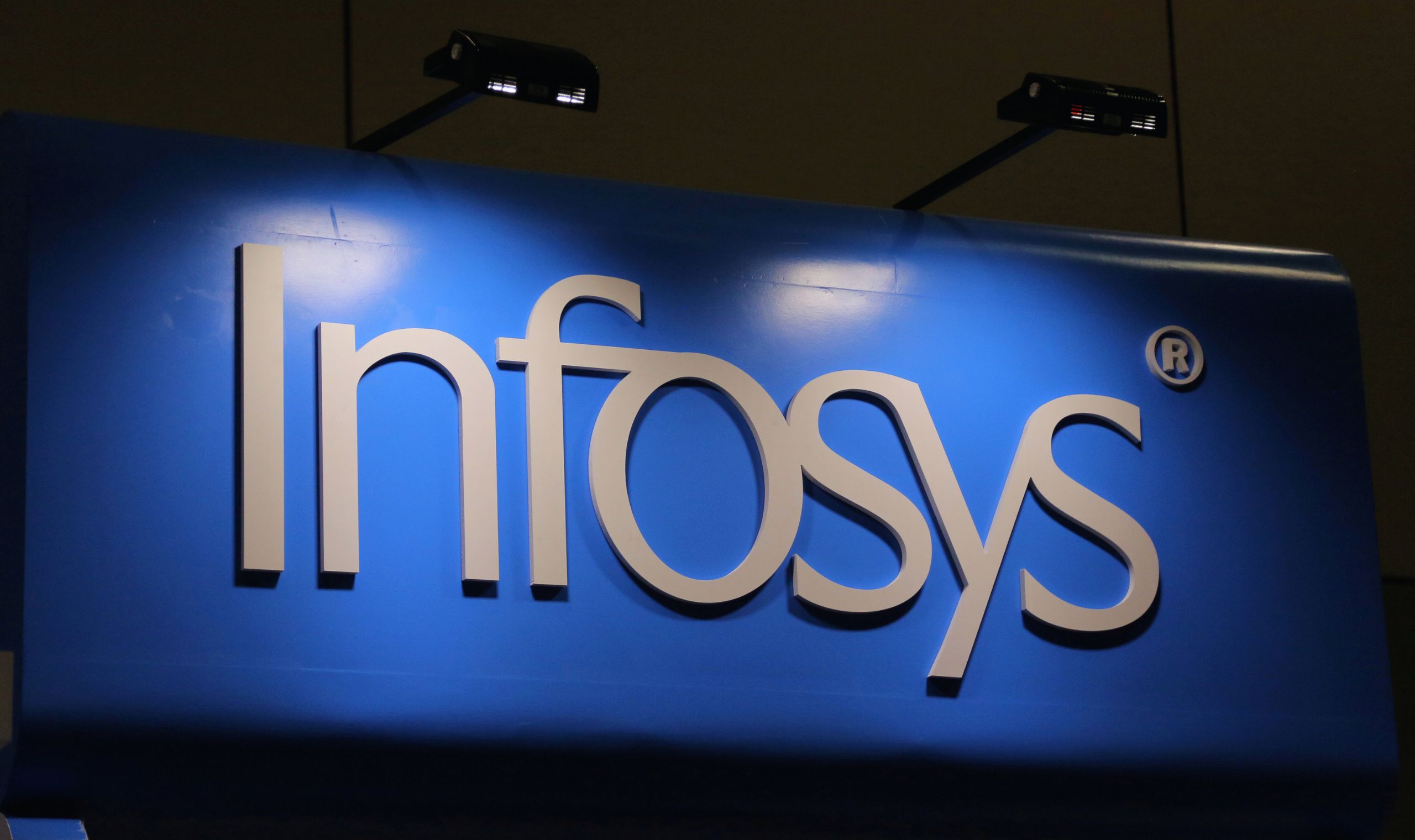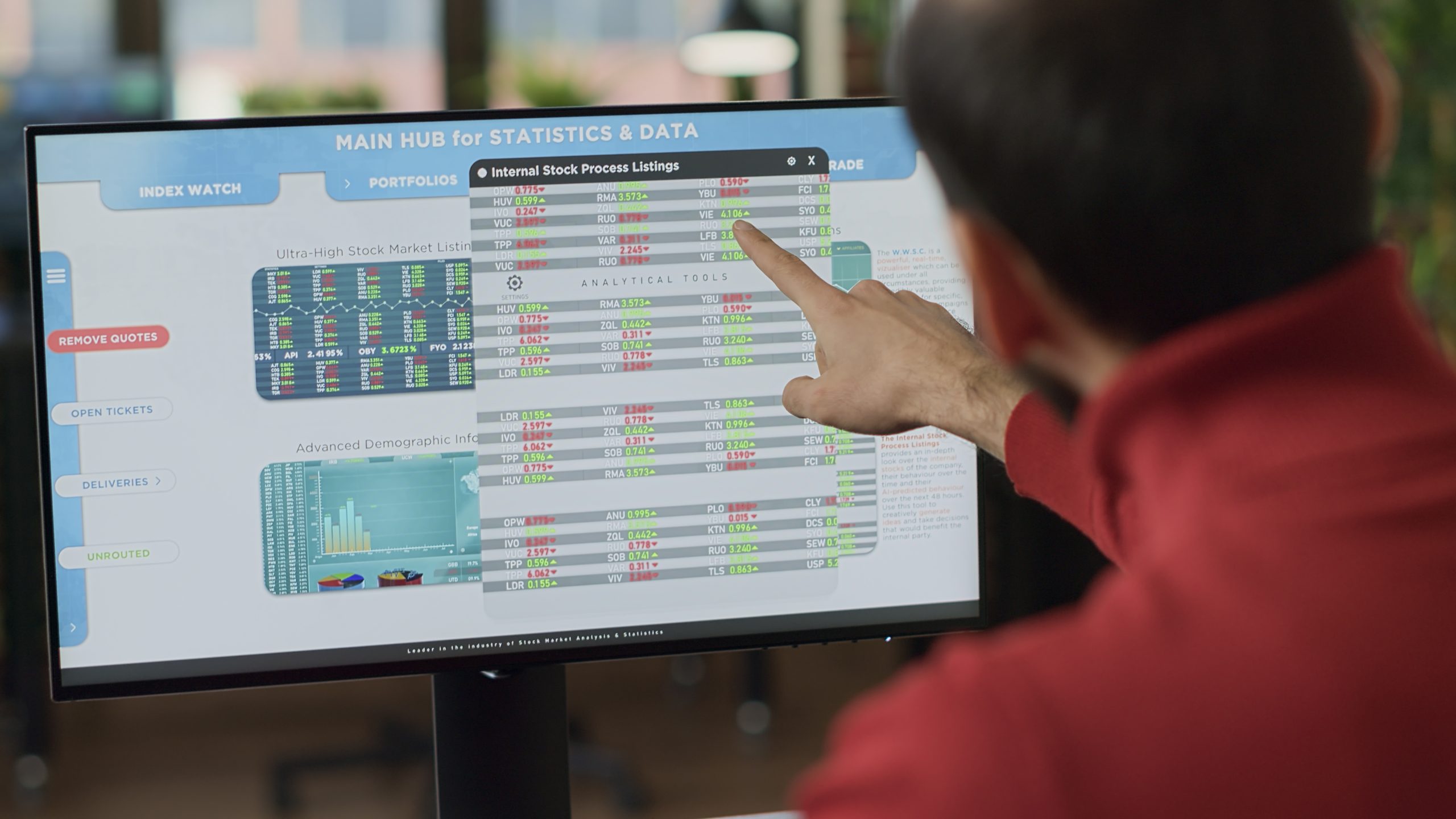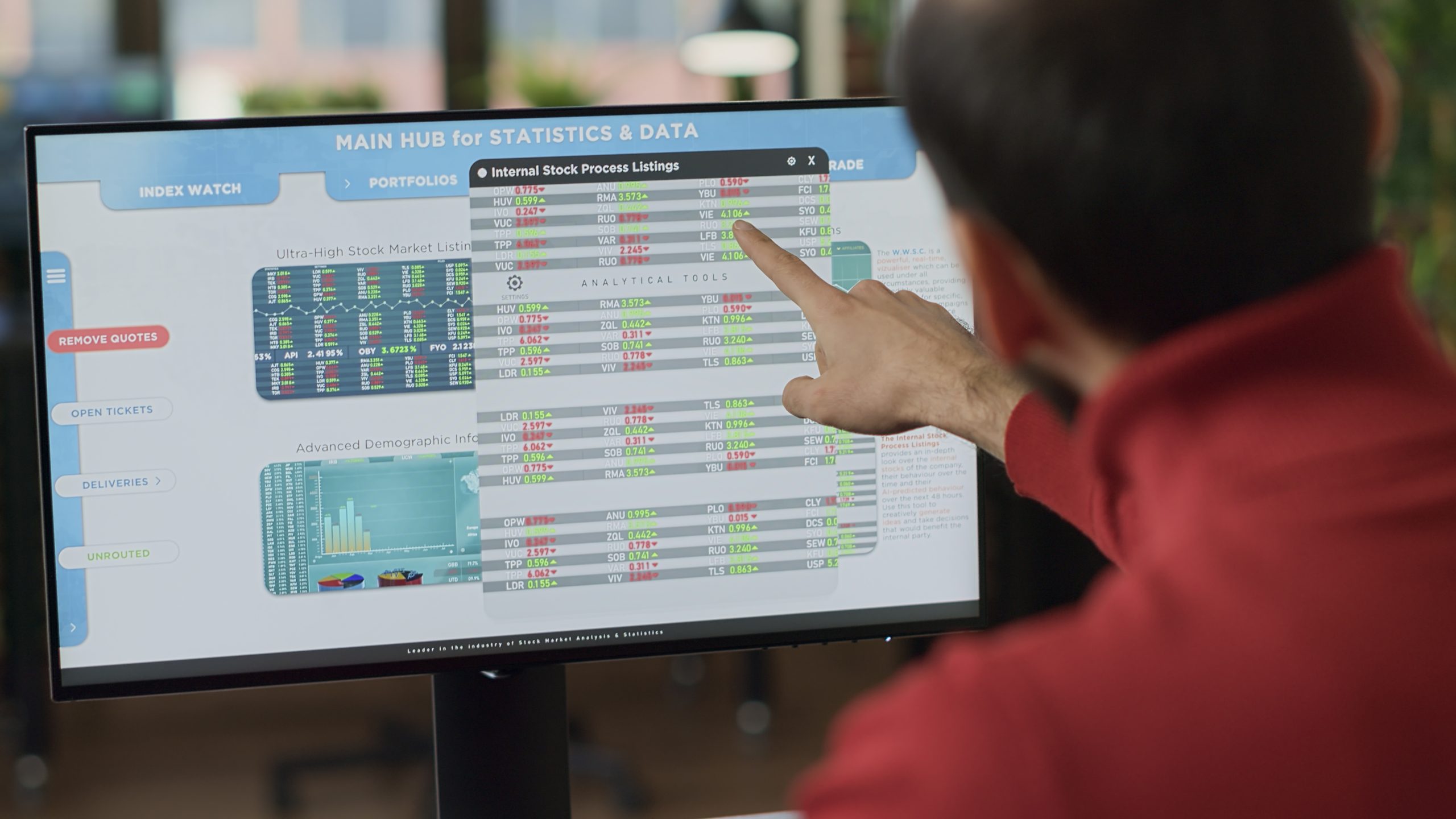On April 17, 2025, Infosys Ltd.’s share price fell nearly 2% in early trading on the BSE, reaching ₹1,386.20, as investors adopted a cautious stance ahead of the company’s Q4 FY25 results announcement scheduled for 3:45 PM IST. The stock has been under pressure, declining 13% over the past month and over 26% year-to-date (YTD), underperforming the BSE Sensex, which fell 1.4% in 2025. The market’s apprehension stems from expectations of tepid earnings, driven by seasonal demand weakness, margin pressures, and a muted FY26 guidance amid global macroeconomic challenges, including U.S.-induced tariff concerns. With the IT sector facing headwinds, investors are left wondering: Is this dip a buying opportunity, or should they sell or hold Infosys stock? This 1700-word article analyses the factors behind the share price decline, Q4 expectations, brokerage insights, and key considerations for investors.
Why Is Infosys’s Share Price Declining?
The 2% dip in Infosys’s share price on April 17, 2025, reflects investor nervousness ahead of the Q4 results, compounded by broader sectoral and macroeconomic challenges. Several factors are contributing to the stock’s downward trajectory:
1. Weak Q4 Expectations
Analysts anticipate a lacklustre Q4 performance for Infosys, with estimates pointing to a sequential revenue decline and margin contraction. According to JM Financial, Q4 FY25 revenue is expected to fall 0.4% quarter-on-quarter (Qoq) to ₹41,617 crore, with dollar revenue dropping 1.6% Qoq to $4,861 million. Net profit is projected to decline 4.7% Qoq to ₹6,488 crore, while the Earnings Before Interest and Taxes (EBIT) margin may contract by 100 basis points (bps) to 20.4%. These estimates reflect seasonal softness, wage hikes, and higher visa costs, partially offset by cost optimisation efforts.
Posts on X echo this sentiment, with users noting that Q4 results for IT companies, including Infosys, are “not encouraging,” and expectations for a lower FY26 guidance are weighing on the stock.
2. Sectoral Headwinds
The Indian IT sector has faced significant challenges in 2025, with the Nifty IT Index hitting a 17-month low. Companies like Tata Consultancy Services (TCS) and Wipro have reported weaker-than-expected Q4 results, signalling a slowdown in discretionary spending and delays in deal closures. Infosys, with its high exposure to discretionary services, is particularly vulnerable in this environment. Kotak Institutional Equities notes that managed services are more resilient than discretionary spending, putting Infosys at a disadvantage compared to peers with lower discretionary exposure.
3. Macroeconomic Uncertainty
Global macroeconomic conditions, particularly U.S.-induced tariff wars and rising interest rates, have dampened demand for IT services. The U.S., which accounts for over 60% of Infosys’s revenue, is a critical market, and any slowdown in client spending, especially in the Banking, Financial Services, and Insurance (BFSI) sector, impacts growth. Analysts expect Infosys to issue a conservative FY26 revenue guidance of 2–5% in constant currency (CC) terms, reflecting these uncertainties.
4. Recent Stock Performance
Infosys’s stock has been on a downward spiral, dropping 30% over the past six months and trading 23.7% below its 200-day moving average, indicating a strong downtrend. The stock hit a 52-week high of ₹2,006.45 in 2024 but has since retreated to ₹1,386.20, reflecting investor concerns about growth and profitability. Technical analyst Sumeet Bagadia from Choice Broking predicts further downside if the Q4 results disappoint, with support levels at ₹1,307.
Q4 FY25 Results: What to Expect
Infosys is set to announce its Q4 FY25 and full-year FY25 results on April 17, 2025, followed by a press conference at 4:15 PM IST and an earnings call at 5:30 PM IST. The board will also consider a final dividend, adding another layer of interest for shareholders. Here’s a breakdown of key expectations:
- Revenue: Analysts forecast a 0.4% Qoq decline to ₹41,617 crore, with dollar revenue dropping 1.6% Qoq to $4,861 million. In constant currency terms, revenue growth is expected to decline by 310 bps to -1.4%, driven by seasonal weakness and fewer working days.
- Net Profit: Net profit is estimated at ₹6,488 crore, down 4.7% Qoq, reflecting margin pressures from wage hikes and visa costs.
- EBIT Margin: The EBIT margin is projected to contract by 100 bps to 20.4%, due to higher operational costs, though cost optimisation and lower third-party spending may provide some relief.
- FY26 Guidance: Analysts expect Infosys to guide for 2–5% CC revenue growth and a 20–22% EBIT margin for FY26, reflecting caution amid weak macros and a lack of mega-deal wins. Commentary on BFSI recovery and cost takeout projects will be crucial.
- Deal Wins: While Q3 FY25 saw $2.4 billion in total contract value (TCV), down 41.5% Qoq, investors will look for signs of a rebound in large deal wins, particularly in BFSI and manufacturing.
- Dividend: Infosys has a history of generous payouts, with a 420% interim dividend (₹21 per share) announced in October 2024. A final dividend of ₹15–20 per share is anticipated, supporting shareholder returns.
Investors should watch for management commentary on discretionary spending trends, 5G and AI adoption, and the impact of global tariffs. Any positive surprises, such as stronger-than-expected deal wins or an upbeat FY26 outlook, could trigger a relief rally.
Brokerage Views: Buy, Sell, or Hold?
Brokerages have mixed views on Infosys, reflecting the balance between near-term challenges and long-term potential. Below is a summary of recent recommendations, adjusted for the current context:
Buy: Long-Term Optimism
- Motilal Oswal: Maintains a ‘Buy’ rating with a target price of ₹1,520, valuing the stock at 21x FY25 EPS. Despite Q4 weakness, the brokerage sees recovery in FY26 as discretionary spending revives. It highlights Infosys’s strong order book and digital transformation capabilities.
- Jefferies: Recommends ‘Buy’ with a target of ₹1,630, citing a 9% EPS CAGR over FY24–27e. Strong deal wins in prior quarters provide comfort despite Q4 misses. Jefferies suggests buying on dips around ₹1,350.
- ICICI Direct: Maintains ‘Buy’ with a target of ₹1,600, valuing the stock at 22x FY25 EPS. The brokerage expects Infosys to benefit from digital transformation and cost-efficiency deals over the medium term.
Why Buy?
- Infosys’s digital solutions, including Infosys Topaz (AI-driven) and Infosys Aster (marketing), position it for growth in cloud and AI adoption.
- The stock’s current P/E ratio of 21.22 is below its five-year median of 24x, offering attractive valuations.
- A robust dividend yield of 3.26% supports income-focused investors.
- Long-term investors can capitalize on India’s IT sector growth, expected to grow at a 7% CAGR through 2030.
Risks:
- Near-term margin pressures and weak guidance could cap upside.
- High exposure to discretionary spending makes Infosys vulnerable to macro slowdowns.
- Competitive pressure from peers like TCS and HCL Technologies.
Sell: Near-Term Caution
- Nomura: Maintains a ‘Neutral’ rating with a target of ₹1,400, citing no signs of discretionary demand revival. It has cut FY25–26 EPS estimates by 2–3%.
- Macquarie: Recommends ‘Underperform’ with a target of ₹1,160, highlighting weak macros and margin headwinds.
- Sharekhan: Downgraded to ‘Hold’ with a target of ₹1,500, expecting near-term underperformance due to weak Q4 numbers and macro uncertainty.
Why Sell?
- The stock’s 30% decline over six months and technical downtrend suggest further downside if Q4 results disappoint. Support levels at ₹1,200–1,245 are at risk.
- Muted FY26 guidance and lack of mega-deals could trigger a sell-off.
- Investors with short-term horizons may prefer to exit and re-enter at lower levels.
Risks:
- Selling now locks in losses, especially for long-term holders who bought at higher levels (e.g., ₹1,800).
- A positive Q4 surprise or upbeat guidance could spark a rally, leaving sellers at a disadvantage.
Hold: A Balanced Approach
- Investec: Maintains ‘Hold,’ acknowledging challenges in predicting discretionary spending recovery but noting Infosys’s potential for gains when demand rebounds.
- Nuvama Institutional Equities: Suggests ‘Buy’ but with a lower target of ₹1,720, expecting sideways movement until H2 FY25 when discretionary spending may revive.
- InCred Equities: Forecasts a QoQ revenue decline but sees partial offset from cost optimization, recommending a hold pending Q4 clarity.
Why Hold?
- Holding allows investors to await Q4 results and FY26 guidance, which could provide directional cues. A strong outlook on BFSI or AI-driven deals could lift the stock.
- The stock’s current valuation and dividend yield offer stability for patient investors.
- Technical indicators suggest the stock is oversold (RSI ~30), hinting at a potential bounce.
Risks:
- A weaker-than-expected Q4 or conservative guidance could push the stock toward its 52-week low of ₹1,307.
- Opportunity cost of holding a stock with limited near-term catalysts.
Key Considerations for Investors
- Investment Horizon: Long-term investors (3–5 years) should consider buying or holding, given Infosys’s strong digital portfolio and India’s IT growth prospects. Short-term traders may opt to sell or wait for a better entry point post-Q4.
- Q4 Catalysts: Positive surprises, such as higher-than-expected deal wins, margin resilience, or an optimistic FY26 outlook, could drive a relief rally. Conversely, weak guidance or margin miss could exacerbate the decline.
- Sector Dynamics: The IT sector’s performance hinges on U.S. demand and BFSI recovery. Monitor peers like TCS and HCL Tech for industry trends.
- Dividend Support: Infosys’s consistent dividend payouts (e.g., ₹21 interim dividend in FY25) provide downside protection for income-focused investors.
- Technical Levels: The stock faces resistance at ₹1,450 (50-day moving average) and support at ₹1,307 (52-week low). A break below ₹1,307 could test ₹1,200.
- Macro Risks: U.S. tariffs and global economic slowdowns could further dampen IT spending, impacting Infosys’s growth.
Conclusion
Infosys’s share price dipped to ₹1,386.20 on April 17, 2025, reflecting investor caution ahead of its Q4 FY25 results, with expectations of a sequential revenue decline, margin contraction, and a muted FY26 guidance. The stock’s 26% YTD decline and 30% drop over six months highlight sectoral and macro challenges, but its attractive valuation (P/E 21.22) and robust dividend yield (3.26%) offer long-term appeal. Brokerages are divided, with ‘Buy’ recommendations from Motilal Oswal, Jefferies, and ICICI Direct emphasising medium-term growth, while Nomura and Macquarie advocate caution due to near-term headwinds.
For investors, the decision hinges on time horizon and risk tolerance:
- Buy for long-term exposure to India’s IT sector, especially on dips below ₹1,350, where valuations become compelling.
- Sell for short-term traders looking to avoid volatility or lock in gains from higher entry points.
- Hold for existing investors awaiting Q4 clarity, particularly on deal wins, BFSI recovery, and FY26 guidance.















0 Comments